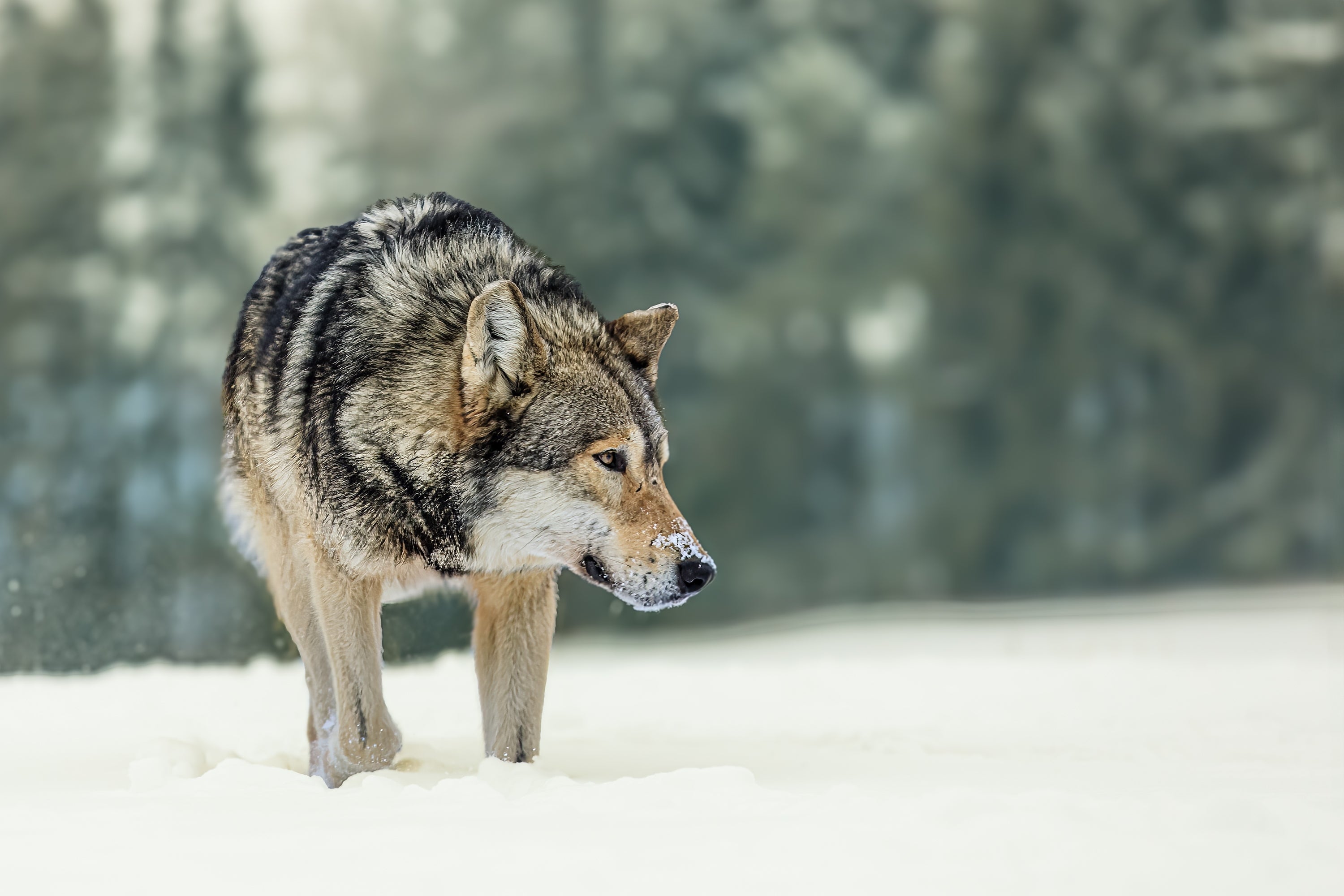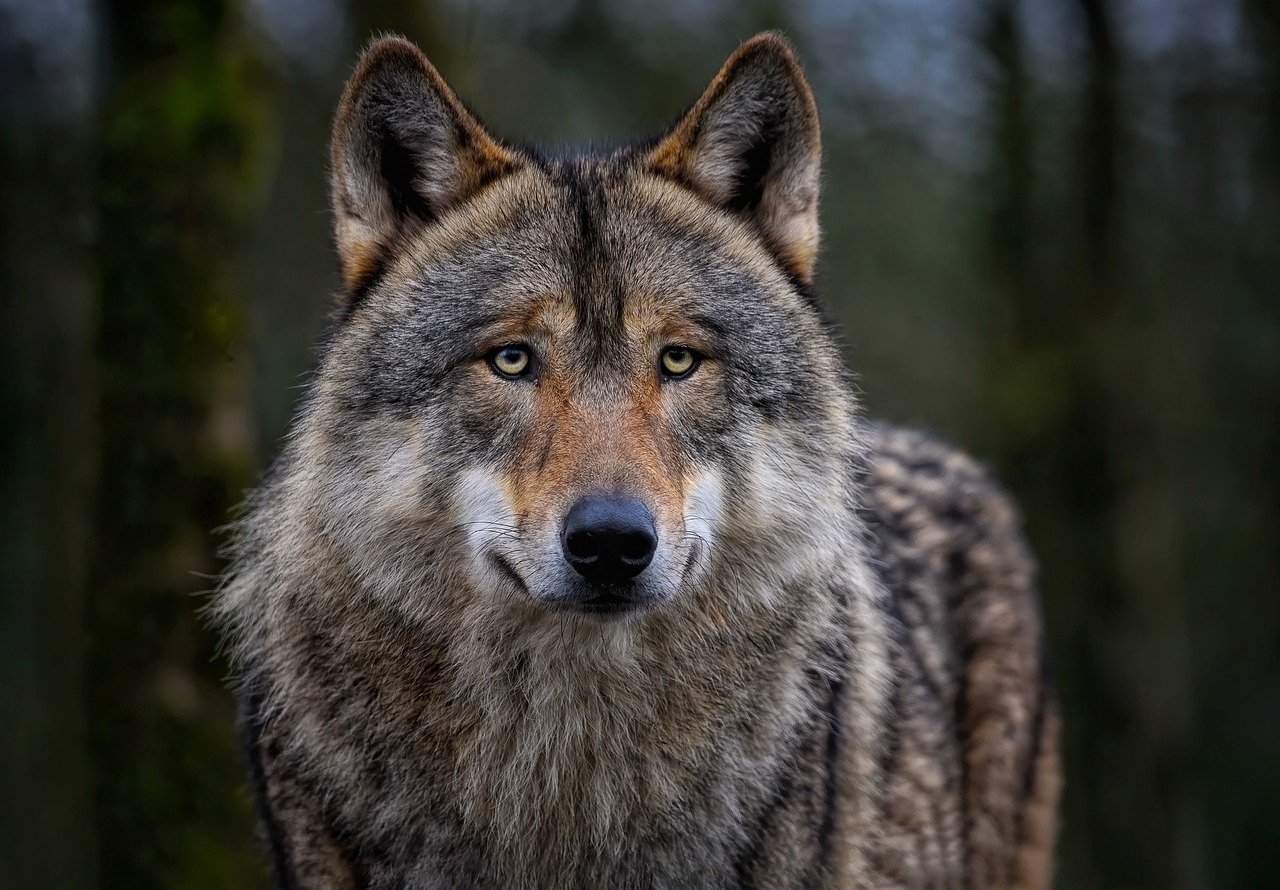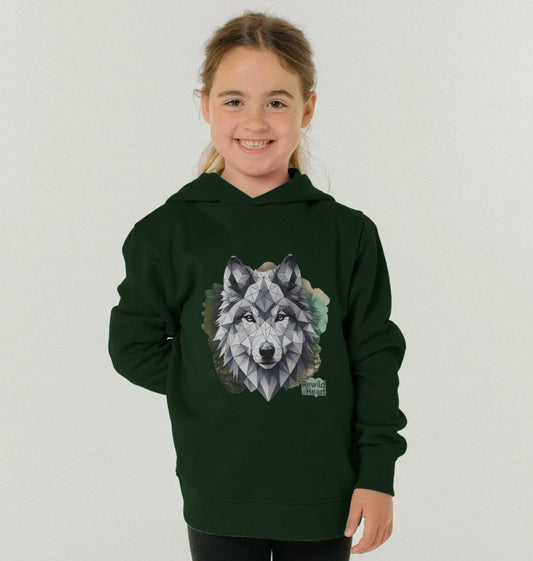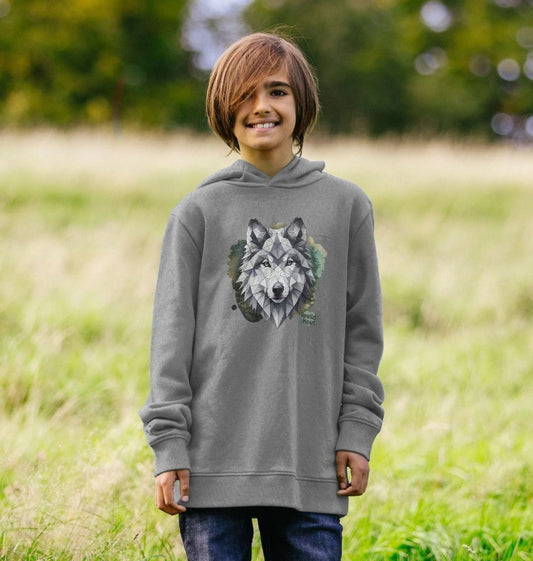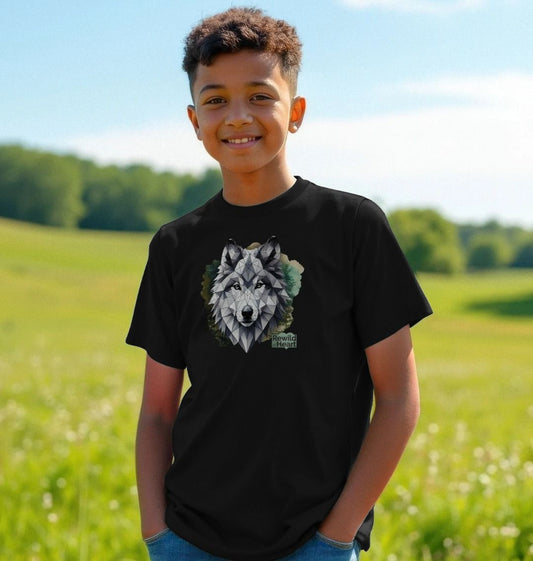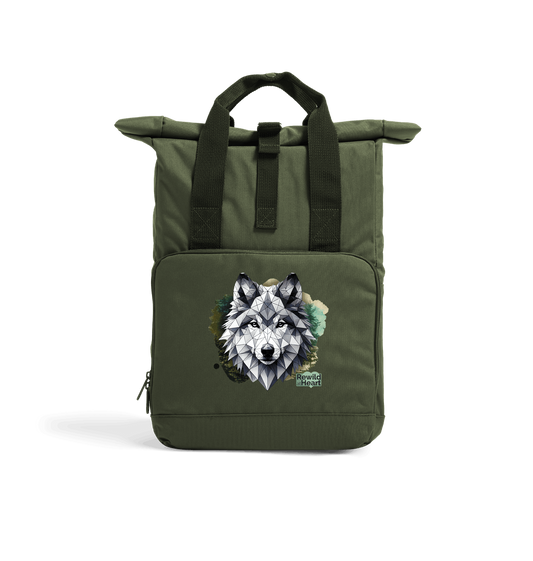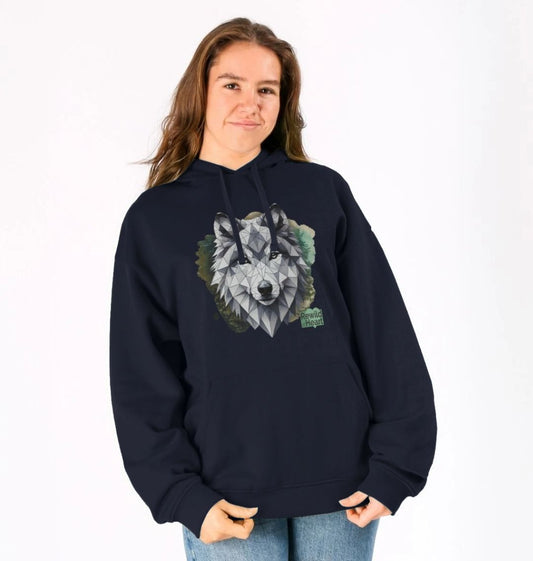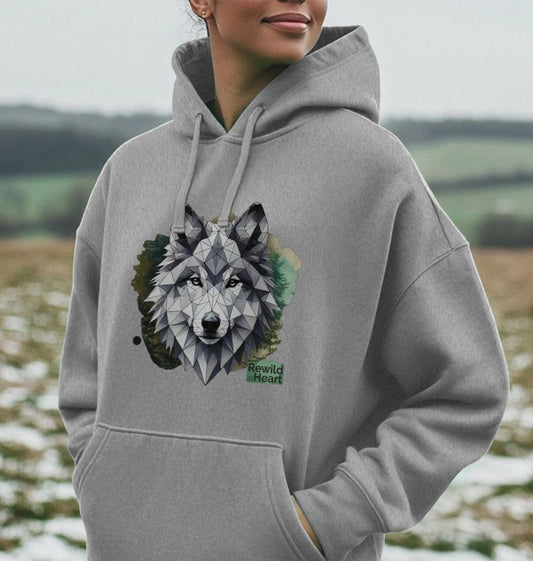The Eurasian Wolf
The Eurasian wolf is a subspecies of the grey wolf, known for its adaptability and widespread distribution across Europe and Asia.
Full Name: Eurasian Wolf
Latin Name: Canis Lupus Lupus
Classification: Mammal
Adult Weight: Typically weighs between 32 to 59kg.
Adult Length: Usually between 110 and 160cm nose to tail.
Lifespan: Typically around 6-8 years in the wild, but can live up to 17 years.
Preferred Habitat: Mountains, plains and woodlands
Status: Extinct in Britain since 1600s, found throughout Europe.

